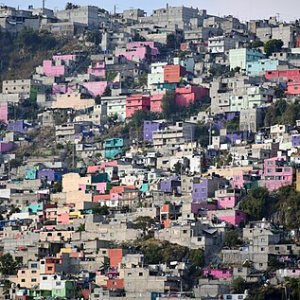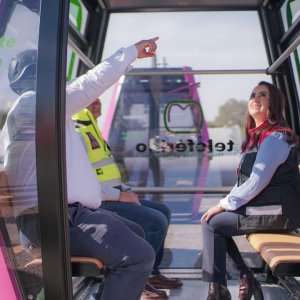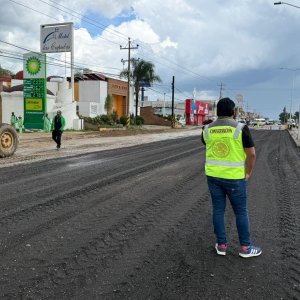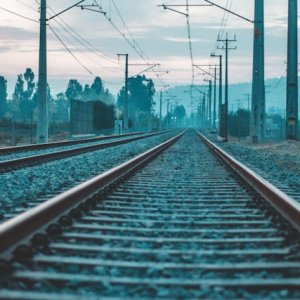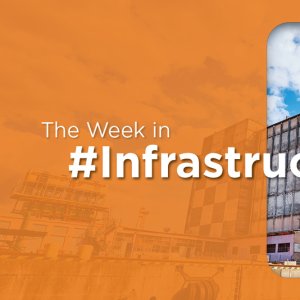
A Look at the Mexico City-Toluca Interurban Train
The Mexico City-Toluca Interurban train was announced on 2012 by President Enrique Peña Nieto but took until 2014 for its construction to begin. It is scheduled to begin operations in 2018. The Toluca Valley and the West area of Mexico City will be connected by this modern transportation system, the first in its kind in the Latin American region. The project will be 58 km long, of which 4.7km will be a tunnel. It will have six stations, consisting of two terminals (Observatorio and Zinacantepec) and four stations in between (Pino Suárez, Tecnológico, Lerma, and Santa Fe). The system will integrate 30 trains, each with five wagons that will run at a speed of 160km/h, transporting approximately 230 passengers a day, according to data released by the Ministry of Communications and Transport (SCT).
The project will contribute to multiple benefits for users, the surrounding communities, and the environment. The most significant ones, according to SCT, comprise a C02 emissions decrease of 27,827 tons per year, which equals 225ha of forest land. Likewise, the expected decline of car usage on the Mexico-Toluca Freeway will avoid an estimated 400 road accidents per year. Moreover, commute times from one terminal to another will be reduced in 39 minutes by travel, implying a more efficient passenger mobility for 3.5 million people through a direct service. Also, the time saved in commuting translates to MX$4.4 billion a year and a decrease in car-operation expenses of MX$1.8 billion. Also, the construction phase of the project will benefit the economy through the generation of 15,000 direct and 35,000 indirect posts of employment.
The complexity of this project requires is such that the smallest mistake can cost the planners dearly in terms of money and time. This is why it was so important to accurately map the project, and the BIM portion of Section III was carried out by IUYET. In this way, the company can clearly show how the project will turn out, which is especially important in this project due to its complexity, crossing ravines, roads and traffic, while adhering to strict protocols.
